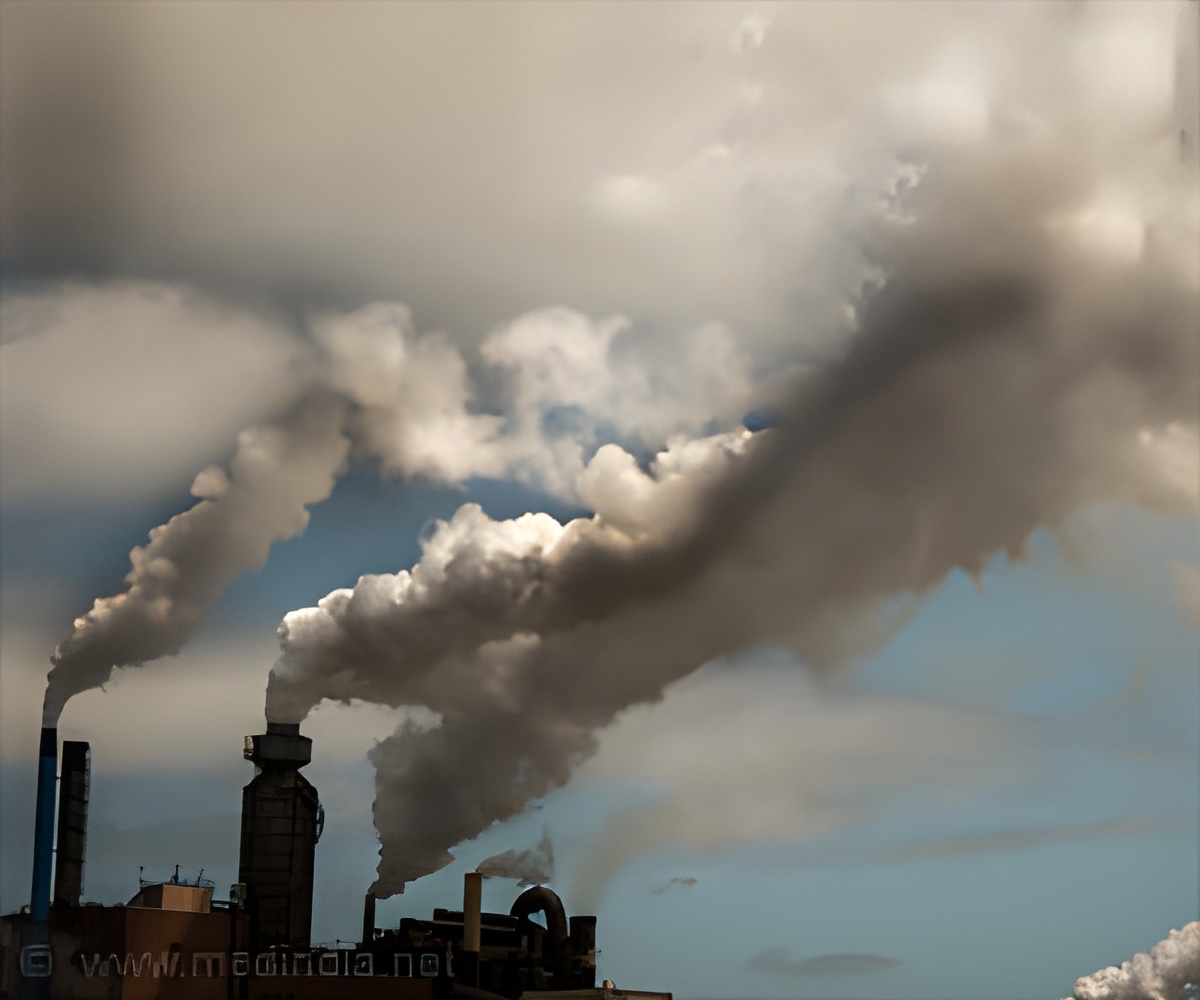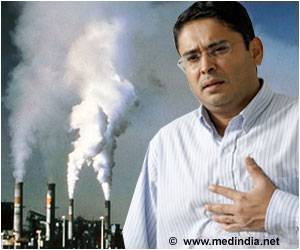Highly variable contamination events registered in and around unconventional oil and gas developments are the result of operational inefficiencies.

TOP INSIGHT
Highly variable contamination events registered in and around unconventional oil and gas developments are the result of operational inefficiencies and not inherent to the extraction process itself.
"These results therefore suggest that air contamination events from fracking can be monitored, controlled and reduced," Schug said. "We hope that this research would help producers and other upstream operators improve the efficiency and reduce the environmental impact of unconventional drilling."
The researchers made sampling excursions in the Eagle Ford shale region in June and November of 2015. They used a mobile mass spectrometry system, in collaboration with Professor Guido Verbeck of the University of North Texas, that allowed the team to identify individual points of contamination. The field study was coordinated by Dr. Zacariah Hildenbrand of Inform Environmental, LLC and affiliate of the CLEAR lab. All data were collected in a blind fashion, and samplers were guided by third-party local landowners with extensive knowledge of the local roadways. Collectively, 12,821 data points were taken.
Individual extraction sites with producing unconventional drilling wells were examined in accordance to the rights afforded to the mineral rights lessors. Anecdotal cases of contamination where air quality was considered downgraded were also analyzed with full consent of the participating landowners.
"We found that ambient BTEX compound emissions in and around fracking sites are within the federally mandated acceptable limits for short-term exposure," Schug said. "Our future research will focus on the long-term effects of sporadic contamination on citizens living in impacted areas. Monitoring of ambient BTEX in conjunction with review of medical records, in collaboration with local healthcare officials, will provide greater insight into the long-term human health implications of unconventional drilling air contamination events."
Frederick MacDonnell, chair of UTA's Department of Chemistry and Biochemistry, underlined the importance of this research within the university's focus on global environmental impact within the Strategic Plan 2020: Bold Solutions|Global Impact.
Source-Eurekalert
 MEDINDIA
MEDINDIA




 Email
Email






